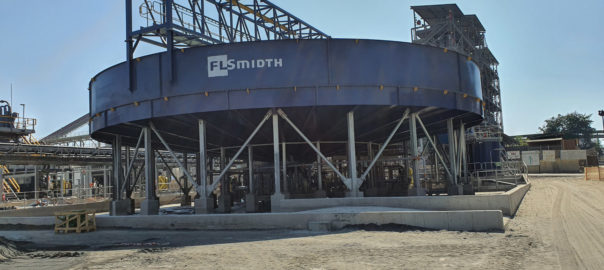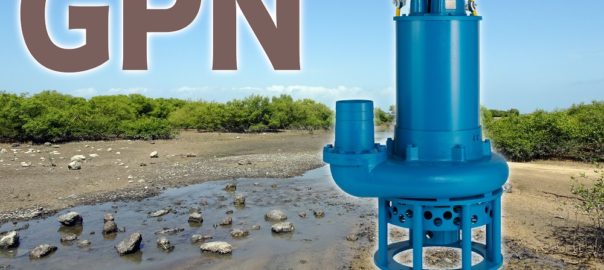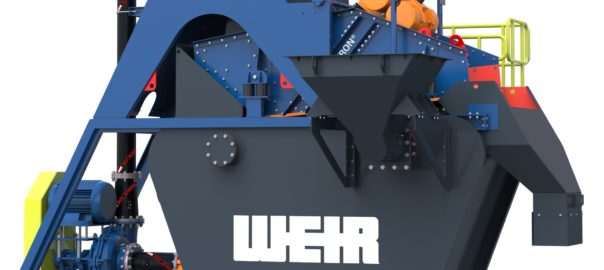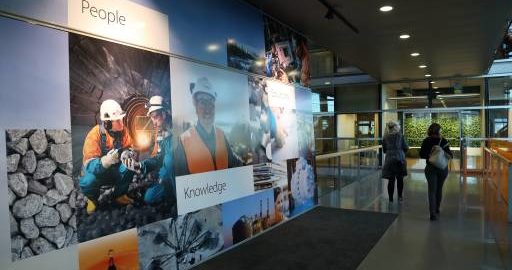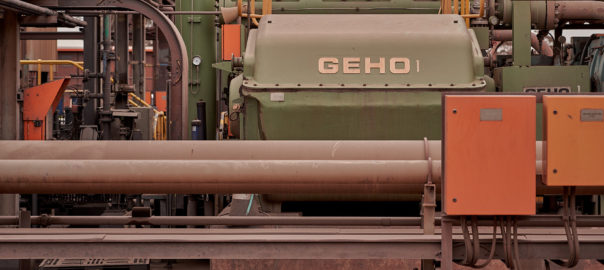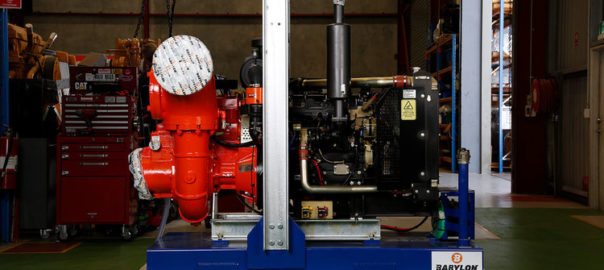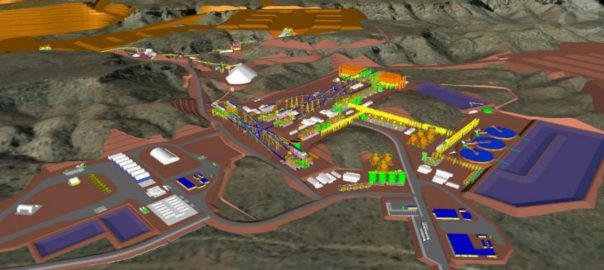FLSmidth has been chosen as the preferred provider for four large bolted thickeners for a large mining customer in Mozambique.
Two of the thickeners are designed to reduce water load on the filters allowing for a drier filter product, while the other two thickeners recover water from the plant tailings.
The installation, which includes E-Volute™ feedwell technology for superior flow distribution, will contribute to achieving optimal water balance at the coal plant in Mozambique, FLSmidth says.
“The thickeners measure 45 m in diameter and will control the density of material to the belt filters, improving the plant’s output,” Howard Areington, FLSmidth’s General Manager for Projects and Account Sales in sub-Saharan Africa and the Middle East, says. “The design was based on the test work we conducted on the customer’s material, allowing us to determine the best thickener solution.”
He emphasised that a bolted thickener is quicker and safer to construct on site, saving on costs and improving quality control; both of these factors suited the project’s remote location.
“The extent of welding in the construction of normal steel thickeners typically runs into kilometres,” Areington said. “By contrast, the amount of on-site welding required by a bolted thickener can be measured in metres.”
The E-Volute feedwell technology improves flow distribution, leading to lower flocculant consumption, better settling rates and improved overflow clarity for the optimal performance of the thickener, according to FLSmidth.
Despite the COVID-19 lockdown, good progress was made on the fabrication of the thickeners in South Africa, according to FLSmidth Project Manager, Kevin Kockott. This has been managed by leveraging FLSmidth’s global resources and the design teams’ ability to work remotely.
“Our local South African office collaborated closely with our engineering hub in Salt Lake City in the United States, ensuring that our engineering work on the project was able to continue without interruption,” Kockott said.
FLSmidth has been involved with this project for almost a decade and has provided a significant portion of the coal preparation equipment. To date, this has included reflux classifier technology, pumps, screens and feeders.







